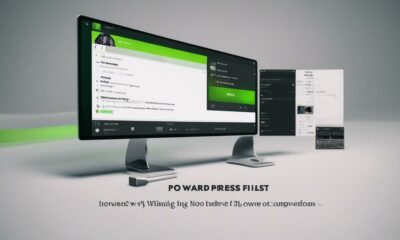Gate/Expander
Top Ten Terms to Learn Before Jumping into Eurorack

This is the second article in a series focused on getting started with Eurorack. If you’re new to the series, I recommend checking out the first article in the series, Top 10 Things to Know Before Launching into Eurorack.
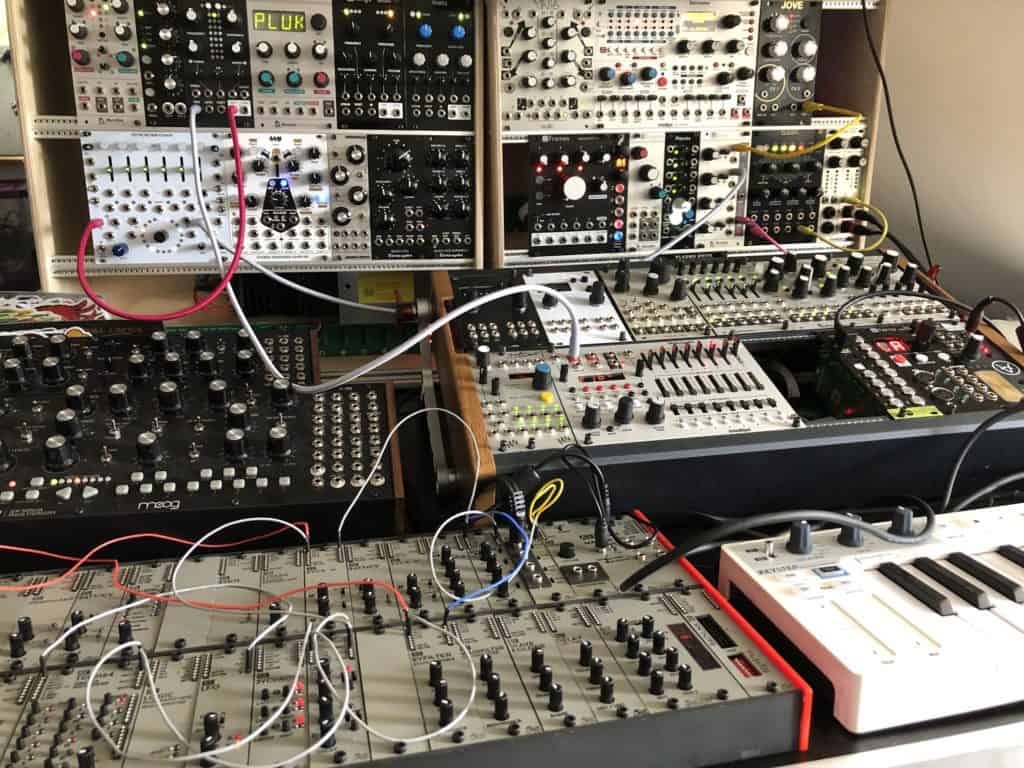
All drawn images in this article provided by Dylan Packard. You can find more examples of his audio/visual work at his Bandcamp: https://quantumwave.bandcamp.com/. All other pictures are provided by Thorsten Meyer.
Now that you know a few things about getting started, it’s time to start doing some research on what to put in your first rack. There are plenty of guides and reviews out there to help you find the right modules, but it can be overwhelming to learn the terminology. Let’s go through some common terms you might come across when building your first rack.
CV/Gate/Trigger
A CV is short for control voltage. It’s the heart of modular synthesis and can be thought of as a number that can change over time. These numbers are measured in volts, but you don’t really need to know about the specific electrical terms when you’re getting started. For now, CV is just a value that can be sent to a module to make it do something.
A standard example would be sending a changing CV value to the filter cutoff to change the tone of the sound. Gates are a special form of CV that goes from 0 straight up to 5, stays at 5 for some time, and then goes straight down to 0 again.
A Trigger is like a gate, but it just goes straight down again after it reaches 5, so it looks like a thin spike. Gates and triggers are typically used to signify that an event should happen, such as a note playing or a sequencer changing to the next note. They’re still CV, though, so you can use them anywhere you would send CV. Pitch CV is a specialized form of CV for generating musical intervals; it works the same as all other CV, but notes in an octave are spaced evenly between whole volt values. For example, if your oscillator outputs the note C0 at 1v, then it should output C1 at 2v, and all the chromatic notes in-between those are evenly spaced.

Example of gate on the left, and trig on the right.
Oscillator /Low-Frequency Oscillator (LFO)
Oscillators are one of the most important elements in almost every rack. In simple terms, they make the value go up and down. Your main musical interaction with an oscillator will be to change the speed at which the value changes, which determines what note it plays. Another important interaction is changing the shape of the wave, which is the pattern that the value follows as it moves up and down. The shape of the wave determines the tone of the sound. Common shapes include sine, triangle, sawtooth, square, and pulse, but there are many more besides these.
There are also specialized oscillators that contain their own VCA (see below), which means that they can generate a musically useful sound on their own. These are typically called “voices”, because they do more than just oscillation. FM (frequency modulation) synthesis works by controlling the speed of an oscillator with the output of another oscillator and is a bit too complicated to describe briefly. If you’re interested in learning more about FM synthesis, I recommend checking out videos on the topic by Andrew Huang or BoBeats.
LFOs (low-frequency oscillators) are simply slower oscillators designed for changing parameters automatically instead of making sounds. They do the same thing, but you won’t generally be hearing their signals generate sounds. A few examples of oscillators and LFOs would be Whimsical Raps’ Mangrove, Noise Engineering’s Manis Iteritas, Xaoc Devices’ Batumi, and the 4ms Quad Pingable LFO.

Voltage-Controlled Filter (VCF)
A VCF is a voltage-controlled filter. If you’re not familiar with filters, they shape a sound. The most commonly do so by taking out the high or low parts of a sound, but there are many more types of filters out there. The “voltage-controlled” part of the name just means that the frequency of the filter can be controlled by CV. A filter that only lets the low parts of a sound through is called a low-pass filter (LPF), and a filter that lets only high parts through is a high-pass filter (HPF). A filter that cuts out high and low parts is a band-pass filter (BPF). There are also formant filters, which shape sounds similar to how the mouth makes vowel sounds.
A common feature for filters is a resonance knob/jack, which generally makes the sound more “nasally”, like when you speak through your nose. Resonance works by amplifying the signal at the cutoff frequency; this is important to understand later, but for now, just remember to be careful with turning it up too much, as it can quickly get out of control. If the theory behind filters and resonance feels like a lot to take in, just your ear to find settings you like. A few examples of VCFs would be the Make Noise QPAS, the Joranalogue Filter 8, Rossum Electro-Music’s Morpheus, and Whimsical Raps’ Three Sisters.
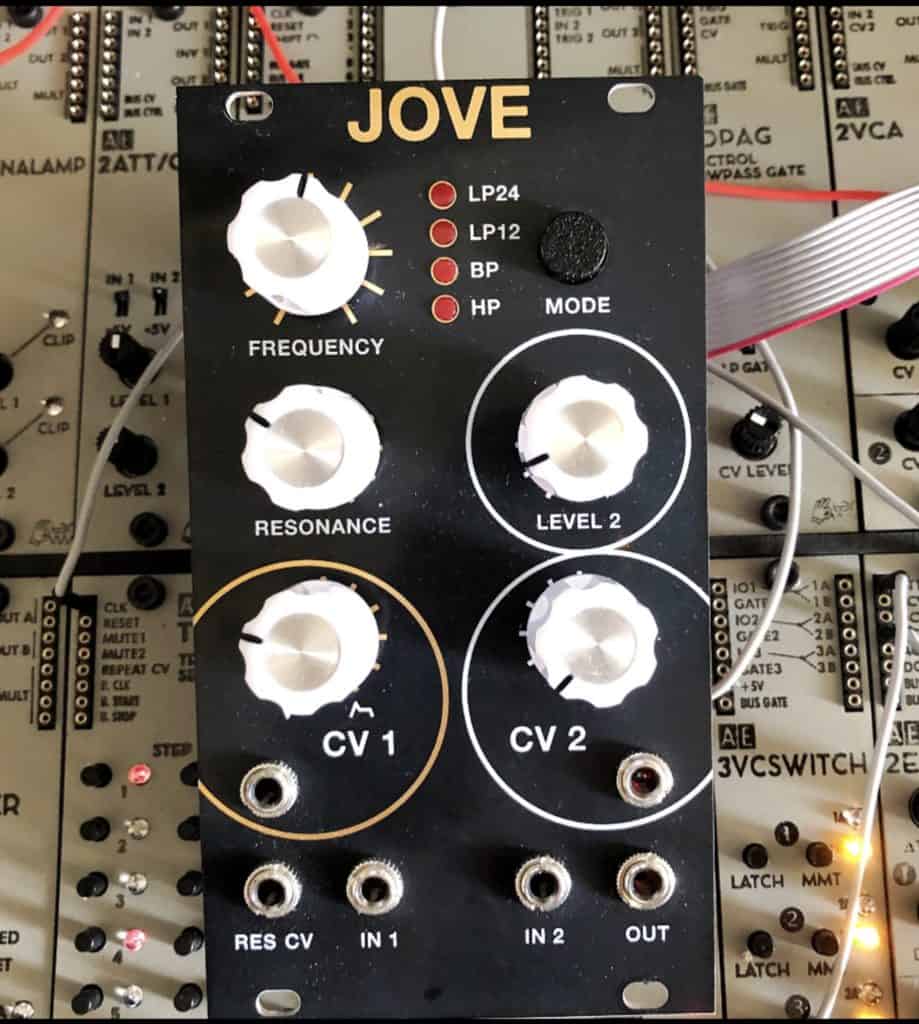
Voltage Controlled Amplifier (VCA) Attenuator/Attenuverter
A VCA is a voltage-controlled attenuator. Attenuators change the “volume” of a signal by making it shorter. When applied to audio signals, this makes them quieter. When applied to non-audio signals, this makes them affect their targets less. As an example, a signal that goes from 0 to 5 would only go from 0 to 2.5 if you attenuated it by half. VCAs are important for making sounds not happen all the time, which is often useful when making music. Attenuverter is like attenuators, but they can flip a signal upside-down so that a positive CV becomes negative. Like the VCF, the “voltage-controlled” bit means that the “volume” can be changed automatically via CV. A couple of examples of VCAs you might encounter are the Erogenous Tones VC8, Mutable Instruments’ Veils, and the 2hp VCA.

Envelope
Envelopes are modulation sources that typically need to be manually triggered and only run a single time before going back to 0v. A typical example of an envelope would be the ADSR (attack decay sustain release) envelope that you often see on fixed-architecture synths. An envelope consists of a number of stages (generally at least two) that determine the shape of the modulation.

A common envelope type in modular is the AD envelope, or “attack-decay envelope”, which goes from 0v to max voltage for the attack stage, then back down to 0v for the decay stage. A sustain stage holds the voltage at a selected level until the gate that signals the envelope to start goes back to 0v, at which point the release stage determines how long it takes to go from the sustained voltage back down to 0v. Examples of envelopes include the Make Noise Contour, Mutable Instruments’ Stages, and 4ms Pingable Envelope Generator.

Quantization
Quantization is, put simply, a way to snap a signal to a set of values and skip all the in-between parts. This set of values is often (but not always!) a set of values that correspond to musical pitches. This can be very useful when dealing with a CV that might not have been intended for use as a pitch CV on its own, such as an LFO or a random generator. Quantization can also be used for non-pitch voltage; for example, if you want an LFO to only output in 1v steps (0v, 1v, 2v, etc), it’s as simple as turning off all of the non-root notes in a typical quantizer. Quantizers are my favorite type of module because they can turn any signal into music; creating complex signals and running them into a quantizer can generate music that you might never have written on your own.
Sequencers
Sequencers play a set of CV values in a certain order. This can be useful for playing back melodies, but their values can be sent to any CV input in your rack, allowing for many more moving parts in a piece of music than you could play in on your own via keys or knob movement. Sequencers can be as simple as an unchanging 4-step sequence generator, but there are also many complex sequencers that can surprise and delight both you and your listeners.
Sequencers can have features such as rotation (scooting the notes over so that step 1 becomes step 2, step 2 becomes 3, and so on), transposition (values are all increased or decreased by a given amount), reverse playback, and swing, all of which can be used to spice up a simple sequence. Combined with analog logic (discussed later), a modulation source or additional sequencer, and a quantizer, sequencers can go from useful composition tools to fantastic melodic generators in no time at all. Examples include the Make Noise Rene, Intellijel Metropolis, and the TipTop Audio z8000.
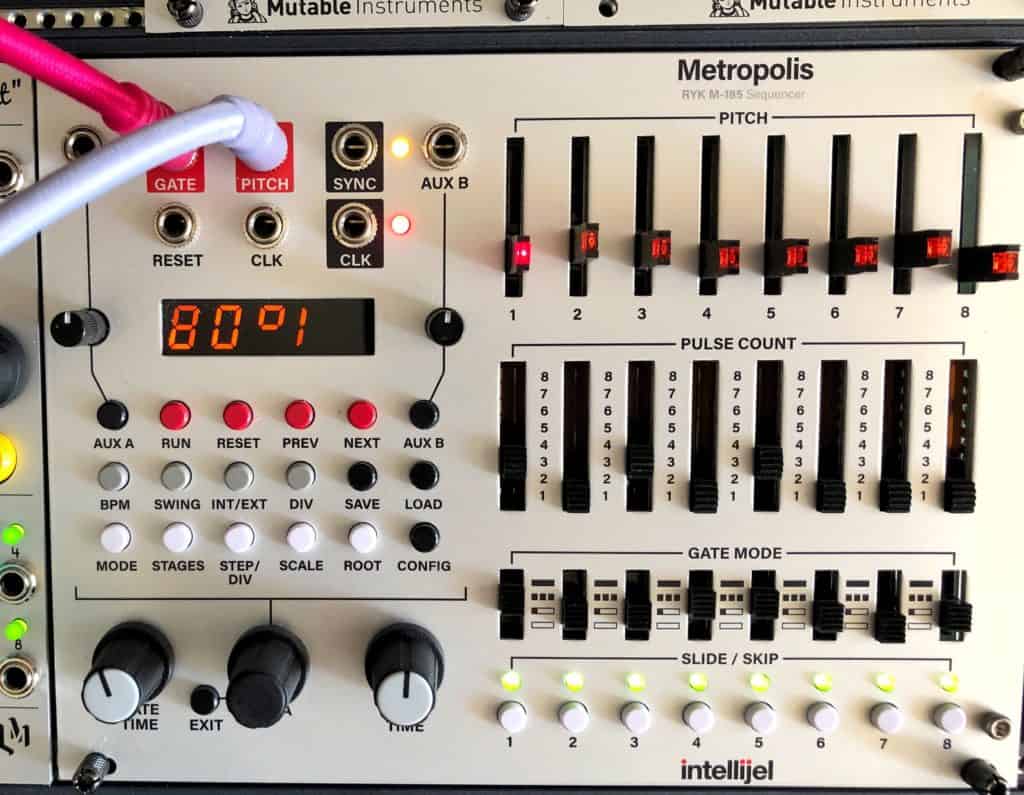
Clipping
Clipping is what happens when a signal goes higher or lower than what a module’s input expects. This can be purposeful as well, but it’s most important to understand when a module behaves unexpectedly when fed very high or very low signals. This can be easily demonstrated by feeding a voltage beyond 5v into a Mutable Instruments oscillator/voice; beyond 5v, the signal will clip, and the oscillator will stay at the same maximum note no matter how high the signal goes. This doesn’t have to be a bad thing, and it can create unexpected and interesting outcomes, but it’s important to remember so that you don’t have to worry that your module is broken.
A CV is not standardized within Eurorack but often is consistent within a single brand. As an example, Make Noise modules will often clip Mutable Instruments inputs, because Make Noise uses voltages in the range of -10-10v, but Make Noise modules will almost never clip outputs from other Make Noise modules.

Logic
Logic comes in two forms, analog and digital. Digital is basically “on/off” logic and primarily used to combine gates or trigs in interesting ways. Analog logic is for combining any signals together but can be less predictable than digital logic. The best way to approach logic initially is to just jump in and listen to what happens when signals are combined. I’d recommend starting by running two sets of gates into a digital logic module, and sending the output to open a VCA, so you can hear the results.
To start with analog logic, run two LFOs (or other slowish modulation sources) into an analog logic module and send the output to the frequency input of an oscillator, so you can hear what changes. Logic is complex and worth its own discussion, so if you’re not clear on it after messing with it on its own, I recommend checking out mylarmelodies video below on the topic.
Mults
Mults are basically signal duplicators. If you need to run CV or audio to multiple places, you’ll need to use a mult to do it. Mults usually come in two flavors: passive and buffered. A passive mult doesn’t require power to split the signal, but this comes at the cost of a drop in signal strength. This makes it not ideal for anything that would require very precise voltage, such as a pitch CV. A buffered mult is powered, and preserves the signal exactly, which makes it perfect for pitch CV. There are also stackable cables that can be used to passively mult signals without taking up the space a mult module would, which can be very valuable when you start to run out of space in the rack. A few examples of mults would be Mutable Instruments’ Links, the WMD Buffered Mult, and the Doepfer A-180-1.
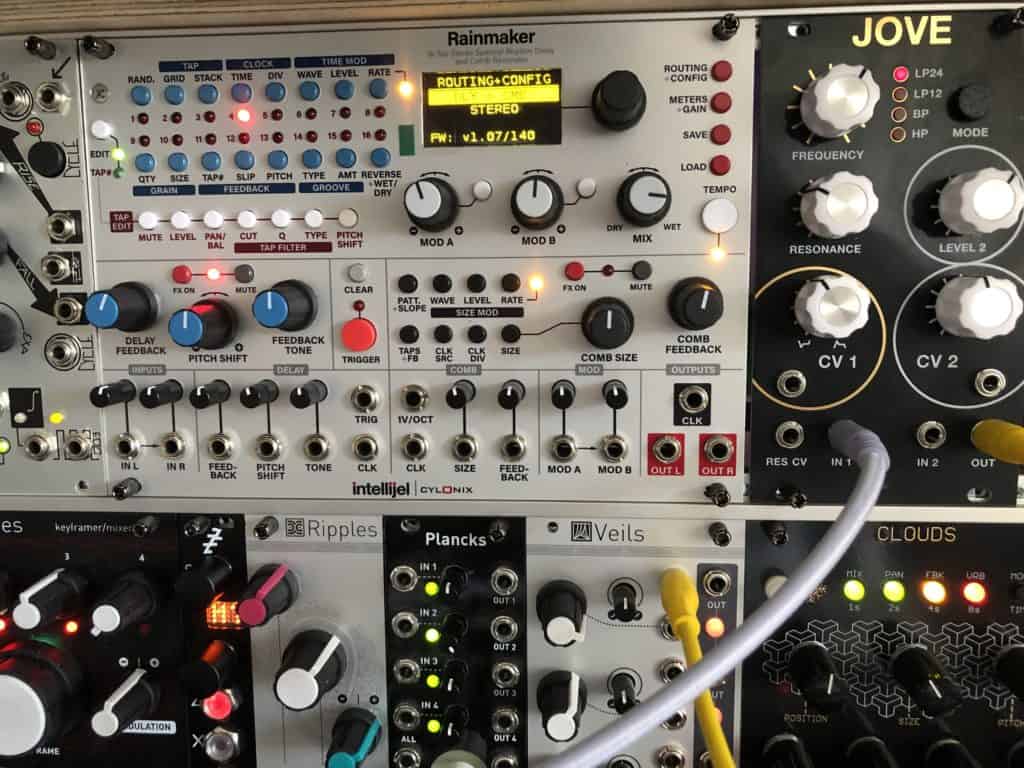
Now that you have some terms established, creating your first rack will hopefully be a bit easier. Note that I’ve purposely avoided discussing *what to buy*; modular is both a personal journey and a goal-oriented pursuit, and blind advice will be of limited use if you’re new to the hobby. In my final article, I’ll go over some of my personal workflow and how I approach modular synthesis, as more of an advanced topic. If you’d like some advice on how to build your rack or other Eurorack topics, you can leave a comment on my YouTube channel, or find me (and many other enthusiasts) at the Synths, Yo Discord server. Recommended reading for this article is Patch and Tweak, a book that’s been stupendously helpful in my modular journey.
Endorphin.es
Running Order | Endorphin Gate Sequencer
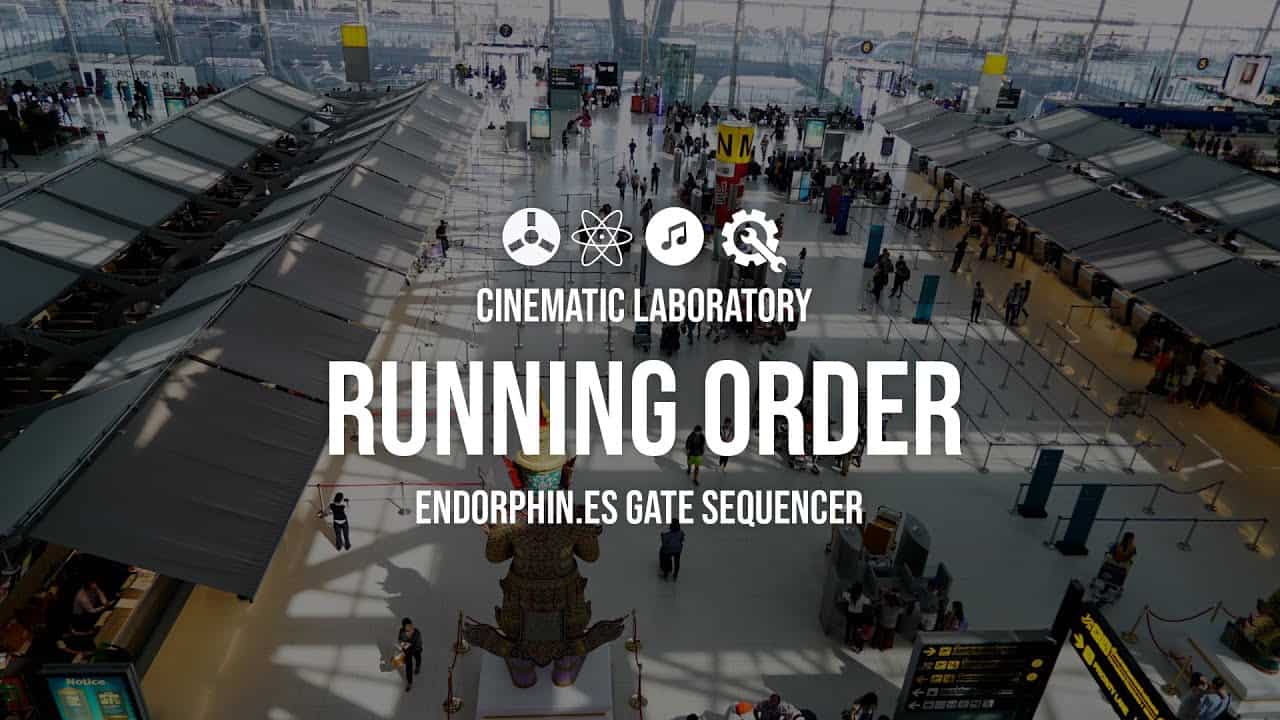
Endorphin Gate Sequencer
Gate sequencers are a lot of fun, especially when they have CV control to modulate the patterns. This video provides some patching tips to get you started. The module supports both step programming as euclidian patterns and can save up to eight configurations. The obvious target for this module is a drum module, but I also wanted to show some different applications, like driving an X/Y sequencer with the two channels.
This video is also the first ‘test flight’ of my forthcoming (custom) Endorphin.es ‘Spaceship’, a bigger version of the ‘Shuttle’ that also integrates Blck_Noir, Queen of Pentacles and the 6 HP modules.
Cinematic Laboratory on BandCamp
SSL
Solid State Logic 9000 J Joins Brainworx’s SSL Console-Series

Solid State Logic 9000 J now available as part of Brainworx’s SSL Console-Series
Brainworx Audio is proud to announce the availability of bx_console SSL 9000 J. Placing the big, deep, and clear sound of Solid State Logic’s legendary large-format 9000 J Series console in the hands of DAW users as an officially-approved plugin with 72 different TMT (patented Tolerance Modeling Technology) emulations. Empowering anyone to build a 72-channel analog SSL console in the box by using TMT to harness the power of the most famous British console ever produced for their mixes.
bx_console SSL 9000 J is part of the expanding line of Brainworx TMT console emulation plugins. The plugin bx_console SSL 9000 J adds many mods and new, contemporary features not present in the original analog console. Considerably increasing the plugin’s power and flexibility. bx_console SSL 9000 J is a hyper-realistic analog large-format-console sound for your DAW.
Solid State Logic 9000 J – The Sound of Hip Hop & Pop
Approved by SSL & injected with TMT (BX’s patented Tolerance Modeling Technology). With the much-enhanced bandwidth and low-end of the 9k, you can now create fuller, cleaner, deeper, stronger, and more shiny mixes than ever.

- 72 different (!) TMT Channel emulations in one plugin, just like a real console
- Switchable EQ modes between E and G-style filters
- 9000 series-only dynamics features such as “peak detect” and expander/gate “hold”
- Continuously variable THD and Virtual Gain controls to add colorful saturation and/or simulated analog noise independently or globally
- Scalable UI to adapt to your screensize and workflow
- Loaded with plenty of useful presets to give you a starting place for finding your sound
- Refined with help from mixing legend Michael Brauer. Who tested the plugin against his favorite SL 9000 J console and provided feedback and notes
- The only true CONSOLE emulation—everything else is just a channel strip.
Think Coldplay, Madonna, Jay-Z, DMX, Nas, and many more! The perfect evolution for the Brainworx SSL series – and a world’s first for your DAW.
Quick Tip from PA
Duplicate one instance of bx_console SSL 9000 J across all your tracks and then click the Random Channel/All button to randomize all the channel numbers at once and immediately produce that big-console sound!) Select Digital Mode for any channel pair to bypass TMT and match the two channels’ responses exactly – helpful when gating both sides of a stereo track in perfect synchrony.
Build based on Solid State Logic 9000 J Schematics
Brainworx’s bx_console SSL 9000 J was developed utilizing the original Solid State Logic 9000 J schematics and built by using component modeling in close collaboration with SSL engineers. Additional refinement of the exacting emulation came courtesy of GRAMMY® Award-winning mix engineer Michael Brauer. Michael helped Brainworx by matching the plugin’s sound and behavior to the SSL 9000 J he personally used on countless Gold- and Platinum-selling records throughout his celebrated career.
Routing Options
The SSL 9000 J console has many options for routing your audio signals. Some of these would not make sense in a Digital Audio Workstation. So Brainworx made sure bx_console SSL 9000 J has all routing options you will need.

Brainworx has also added powerful plugin only features such as adjustable THD, a compressor mix parameter, and a V-Gain control for authentic control of the analog signal path. Michael Brauer and other top mixers have also helped create a rich menu of presets to help you get started using the bx_console SSL 9000 J plugin in your own mixes. This new bx_console SSL 9000 J plugin has been taken to the next level by SSL & Brainworx engineers. The bx_console SSL 9000 J:
- Was created using the original Solid State Logic 9000 J schematics
- Was built using Component Modeling with the assistance of SSL engineers
- Features original EQ, Dynamics and Filter sections with plugin-only enhancements by Brainworx engineers
- Gives you unique Brainworx features such as changing THD & V-GAIN across all plugin instances
- Enlisted the help of mixing legend Michael Brauer to test and match against his favorite SL 9000 J console
- Features powerful presets created by Michael Brauer
Presets
Musically, Michael Brauer and other top-tier mix engineers have helped create a rich menu of presets so users of the bx_console SSL 9000 J plugin can get going without necessarily needing to start from scratch. Speedily experience the sound of SSL at its best — in the box, with the console design used on countless major releases from artists including Aerosmith, James Bay, Beyoncé, Mary J. Blige, Joe Bonamassa, Coldplay, DMX, Evanescence, Yo Gotti, Jay-Z, Wyclef Jean, Alicia Keys, John Legend, Madonna, John Mayer, Nicki Minaj, Nas, Rihanna, Santana, Shakira, Britney Spears, The Black Eyed Peas, Usher, Kanye West, and so many more.
SSL 9000 J Improvements
The SSL 9000 J improved upon its predecessors by offering extensive bottom end, a more clean and open top end, and additional distortion-free headroom. Quickly making it a favorite among the top producers and engineers who crafted some of the biggest pop, hip-hop, R&B, and orchestral recordings of the 1990s, 2000s, and beyond.
Experience the sound of SSL at its best, with the console design used on countless major releases from artists including The Black Eyed Peas, Usher, Kanye West, Jay-Z, Beyoncé, Aerosmith, Evanescence, Britney Spears, Madonna, Rihanna, Alicia Keys, Shakira, Santana, Joe Bonamassa, John Mayer, Coldplay, James Bay, Wyclef Jean, Nicki Minaj, Mary J. Blige, Yo Gotti, John Legend, DMX, Mary J Blige, Nas and so many more.

Demo
A fully-functional, 14-day trial of bx_console SSL 9000 J is available to anyone registering for a free Plugin Alliance account here.
About Brainworx Audio
Brainworx Audio stands for finest audio engineering Made in Germany. Passion drives us to push audio technology forward every day. We value the work of our plugin developers and the creators of the original hardware units we emulate. Brainworx strives for sonic excellence and a perfect sound experience for every single user with the development of high-end audio software for native and DSP based systems, often based on emulations of analog hardware from international partners. Our smart solutions are the result of our analog and digital DNA, and our real-world experience in pro audio production.
Pricing and Availability
Solid State Logic 9000 J is included in Plugin Alliance’s MEGA Bundle Subscription and the Brainworx Brand Bundle at no extra cost! bx_console SSL 9000 J is available for purchase (as an AAX AudioSuite-, AAX DSP-, AAX Native-, AU-, VST2-, and VST3-supporting plugin for macOS 10.9 through 10.14 and Windows 7 through 10) at an attractive introductory price of $299.99 USD until April 22, 2020 — rising thereafter to an MSRP (Manufacturer’s Suggested Retail Price) of $349.00 USD.
Owners of bx_console SSL 4000 E or bx_console SSL 4000 G can add the new bx_console SSL 9000 J to their Plugin Alliance account for only $149.99 USD by managing their plugins and various personal offers.
Owners of bx_console N, bx_console Focusrite SC, bx_digital V3, bx_townhouse, bx_XL V2, Elysia alpha compressor, Lindell Audio 80 Series, Mäag Audio EQ4, Shadow Hills Mastering Compressor (any version), SPL IRON, or SPL Transient Designer Plus can add the new bx_console SSL 9000 J to their Plugin Alliance account for just $179.99 USD courtesy of the brand partners by managing their plugins and various personal offer.
Virtual Instrument Library
Mutant Brain – Édition Noire by Hexinverter Électronique is now Available

The ultra-configurable Mutant Brain MIDI to CV and Gate module is finally back in stock – and sporting a new panel look! You can find them at your modular dealer – or grab one straight from Hexinverter Direct. The Mutant Brain is the central nervous system of a modern eurorack modular setup. A versatile and highly configurable link between your stage and studio MIDI gear. 16 eurorack compatible outputs are all configurable as a plethora of different functions, with 4 CV outputs and 12 digital Gate/Trig outputs available to assign using the MUTANT BRAIN SURGERY CONFIGURATION PAGE to create a SysEx file for patching.
No menu diving, need to be tethered to a computer program, or accidental changes once the device is setup! Just turn on your Mutant Brain, playback your MIDI SysEx patch and the Mutant Brain remembers it for you until you want to change it. All 16 outputs are capable of having different MIDI channels and/or note ranges assigned to them!

Mutant Brain – Édition Noire Features
4 CV Outputs (0V to 8V) can be:
- Notes (Mono or Polyphonic, V/Oct or V/Hz)
- Pitch Bend, Velocity or Aftertouch
- MIDI CC values (LFOs, modulation, etc.)
- Fixed Voltage Values
12 GATE Outputs (0 to 5V) can be:
- Note Gates and Triggers
- Drum Triggers, Retriggers
- MIDI Transport (Start, Stop, Run, Resets)
- MIDI Clock Ticks (Divisions)
- CC Value Above/Below Threshold

-
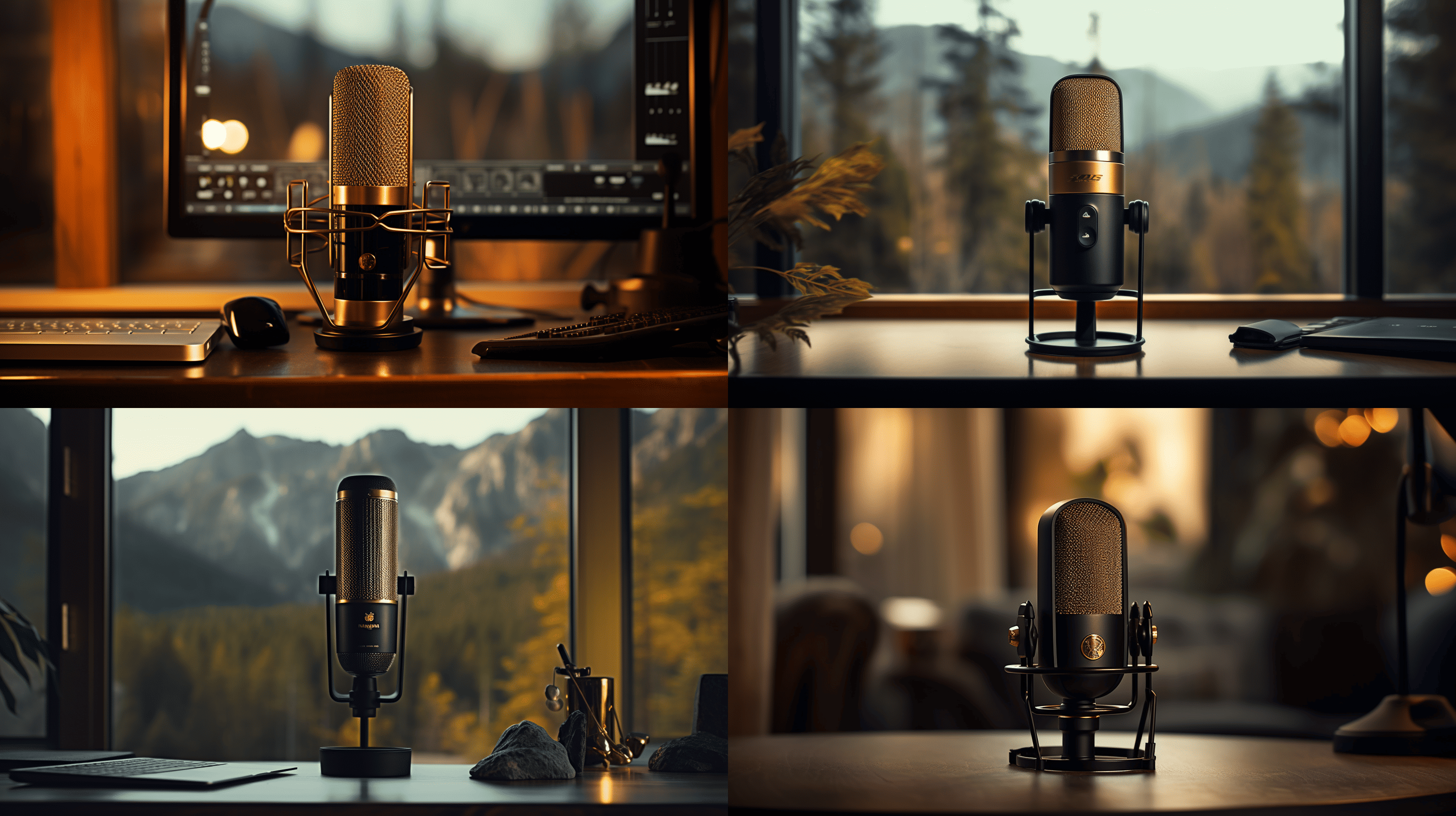
 Microphone3 weeks ago
Microphone3 weeks agoUnleash Your Inner Podcaster: Discover the Best Microphone for Crisp, Clear Audio
-

 Music Theory3 weeks ago
Music Theory3 weeks agoUnlocking Nature’s Harmony: The Power of 432 Hz Frequency in Sound & Music for Enhanced Living and Well-Being
-

 Sound Design4 weeks ago
Sound Design4 weeks agoWhat Is the Difference Between a Sound Engineer and A Sound Designer?
-

 Native Instruments Kontakt3 weeks ago
Native Instruments Kontakt3 weeks agoVOCAL AI – Animated Intelligence: The Ultimate Vocal Playground
-

 Sound Design4 weeks ago
Sound Design4 weeks agoWhy Sound Engineer
-
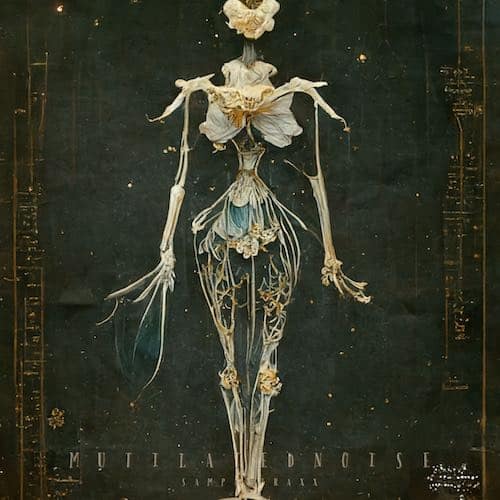
 Composing3 weeks ago
Composing3 weeks agoMUTILATED NOISE by SampleTraxx: The Next Generation Sound Collection
-

 Audio Production6 days ago
Audio Production6 days agoUnleashing Sound Therapy: Incorporating Acoustic Design in a Wellness Centre
-

 Expert Guides4 weeks ago
Expert Guides4 weeks agoHow Do You Become a Sound Designer





